Are you intrigued by those slithering serpents, snakes? Or, are you perhaps considering embarking on a journey into the fascinating world of snake breeding? For the curious at heart, this article offers a beginner’s peek into the complex and captivating process of breeding snakes. Let’s dive in and shed some light on the secrets of snake breeding!
A Quick Glance at Snakes
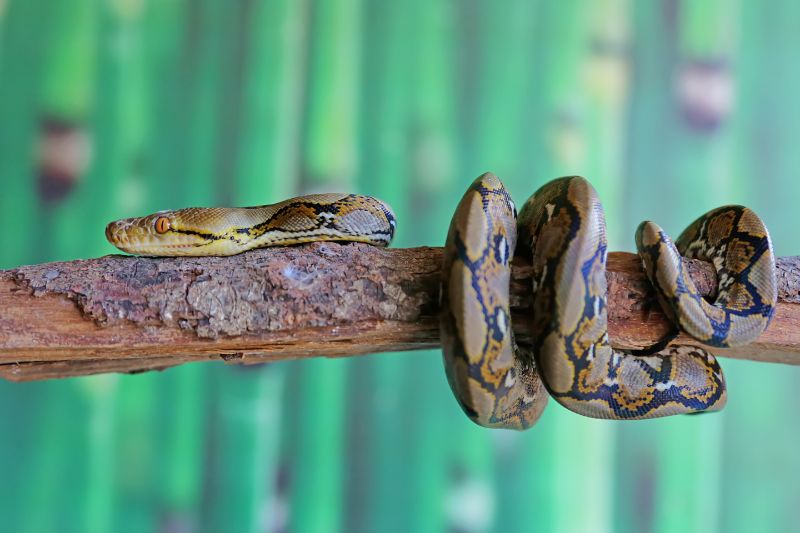
To give a snapshot, snakes are legless creatures classified under the Reptilia class, specifically referred to as Squamata serpents. They lack external ears or eyelids and are covered top to tail in interesting scales. Since they fall under the category of ectothermic or ‘cold-blooded’, they depend on environmental elements like the sun or cooler habitats to regulate their internal temperature. A significant aspect of the breeding snakes process is the fact that most species lay eggs.
The Initial Steps of Snake Breeding
Species Selection
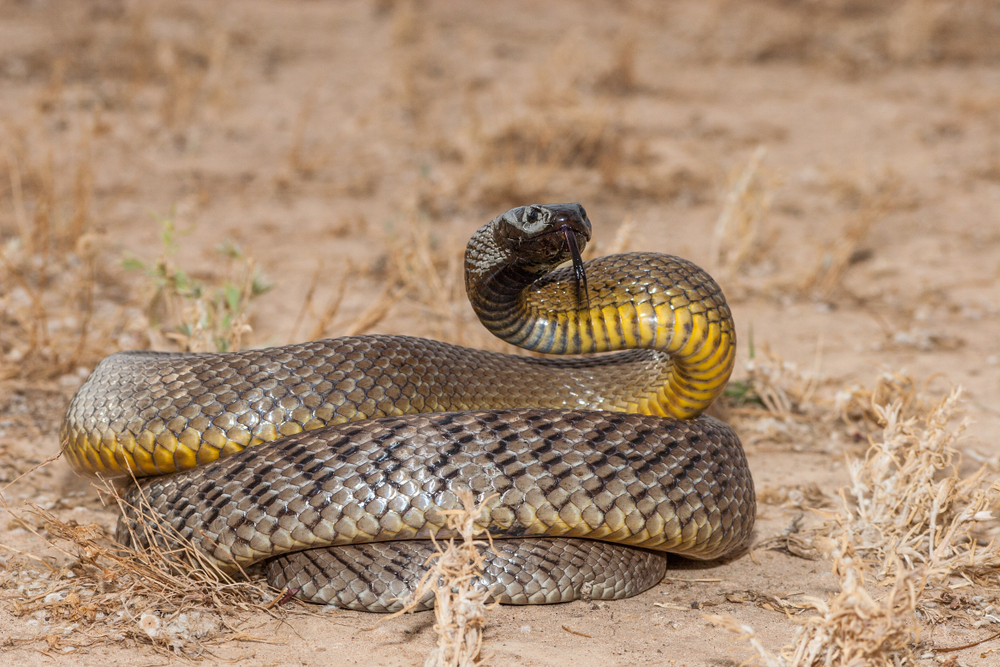
The snake breeding journey commences with choosing two snakes of identical species. If you’re expecting to see a python and a viper form a unique breed, you’d surely be left disappointed. Snake breeding isn’t synonymous with dog breeding where different breeds can interbreed. So, choosing pairings such as python-python, mangrove-mangrove, viper-viper, is the ideal initiation path.
Determining the Snake’s Gender
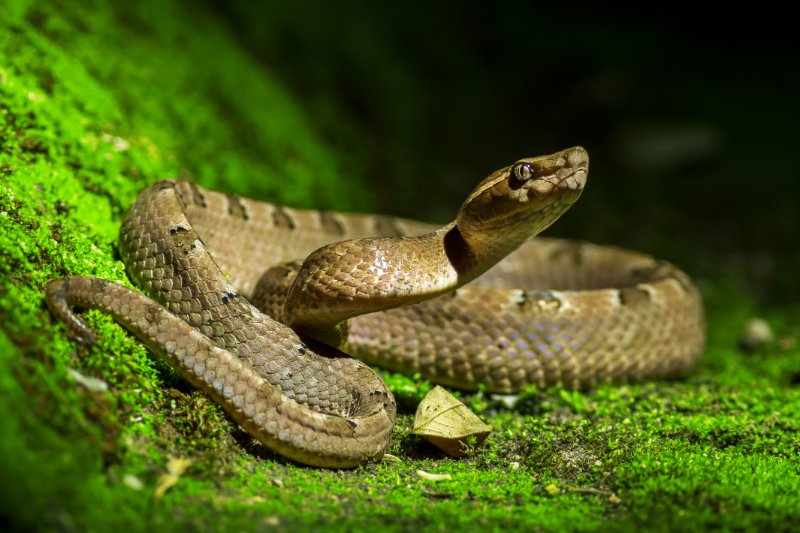
Identifying your snake’s gender can be a tricky task, often confounding even the pros. The rear end of a snake’s body houses an opening known as a cloaca. By delicately using a sexing probe on this area, a male’s hemipenes can be provoked to protrude. Gaining some hands-on experience from a veteran in snake breeding can be beneficial in this aspect.
Creating the Perfect Environment
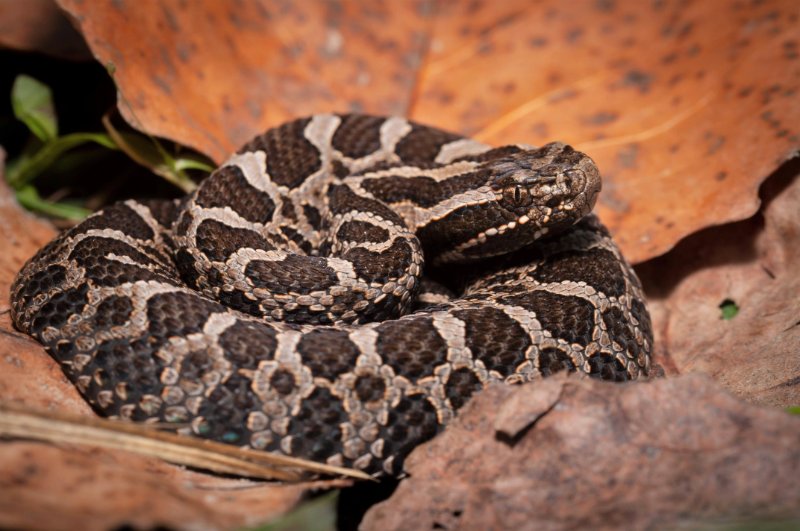
The essence of successful snake breeding lies in replicating the ideal environment stimulating the snake’s reproductive cycle. Adjusting factors such as light or temperature might be involved, depending on your selected snake type. Gradually, you have to accustom the male snake to the female snake’s presence. And with time, the female becomes comfortable and lowers her guard, allowing successful mating.
Egg Incubation and Litters
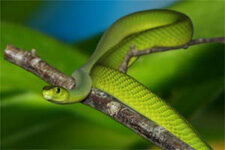
For those species in the snake world that lay eggs, the incubation period stretches between 40 to 70 days. Longer gestation is observed for those species offering live birth, where baby snakes might take up to 100 days until birth. Concerning ‘litters’ or the number of young ones per conception, numbers can differ significantly, from as little as one to a whopping figure of 50 or 60 for a single conception.
The process of breeding snakes is an intriguing journey, both complex and rewarding. Whether for business or for the sheer joy of it, careful guidance and learning from seasoned breeders can be invaluable.